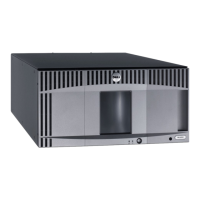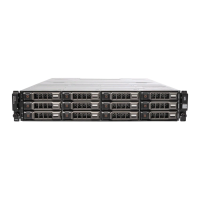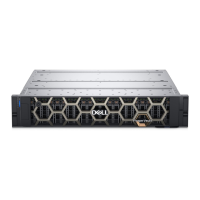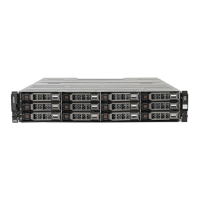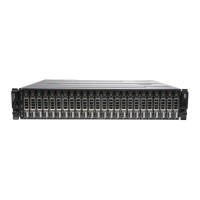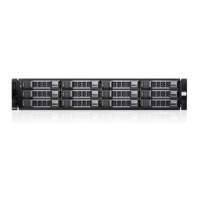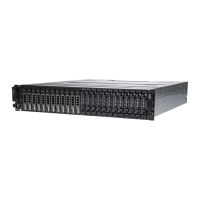470 Glossary
compact flash
A card on the LCB that stores information about a library’s contents and configuration.
connectivity
The method by which hardware devices or software communicate with other hardware or software.
control module
The first module of the library. It consists of an operator panel touch screen, library control blade (LCB),
storage, tape drives, power supplies, and I/E station.
control path
The connection between a partition and host application. The control path connection is made through a
designated tape drive. Only one tape drive can be selected as the control path per partition.
controller
The PCB or system that translates computer data and commands into a form suitable for use by the storage
disks.
CRU (customer replaceable unit)
The smallest hardware component that can be replaced at a customer installation by a customer.
default
A value or setting that is selected by the hardware or software unless specified otherwise by the user.
DHCP (Dynamic Host Configuration Protocol)
A protocol for assigning dynamic IP addresses to devices on a network. DHCP supports a mix of static and
dynamic IP addresses.
directory
A file that contains a list of other files. Directory is short for directory file.
drivers
Software programs that enable a computer to communicate with hard drives, CD ROM drives, printers, and
other peripherals. Drivers are stored on a hard disk and loaded into memory at boot up.
EDLM (Enterprise Data Life Management)
An automated set of policies and processes that provide long-term data protection and data integrity by
checking the data stored on tape. EDLM identifies candidate media, invokes media scans, processes the
results, and takes appropriate actions to preserve data integrity.
element ID - logical
An address used by a library to locate and track a library component. The address is specified in
programming logic rather than on the physical location of a component within a library. When a logical library
is used, the logical element ID masks the physical element ID.
element ID - physical
An address used by a library to locate and track a library component. The address is based on the physical
location of a component within a library. Applications expect to see resources at specific IDs.
Ethernet
A type of local area network designed to transport data at rates up to 10 million bits per second. Other
software, such as TCP/IP, runs on top of Ethernet to provide high-level networking services to applications.
event
A condition that matches a numbered, predefined set of circumstances.
event log
A list of all predefined events logged by library and software management tools.
expansion module
An optional module of the library. It provides additional storage, tape drive capacity, power, and optional I/E
stations. The module lacks an operator panel touch screen and LCB.
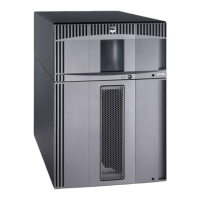
